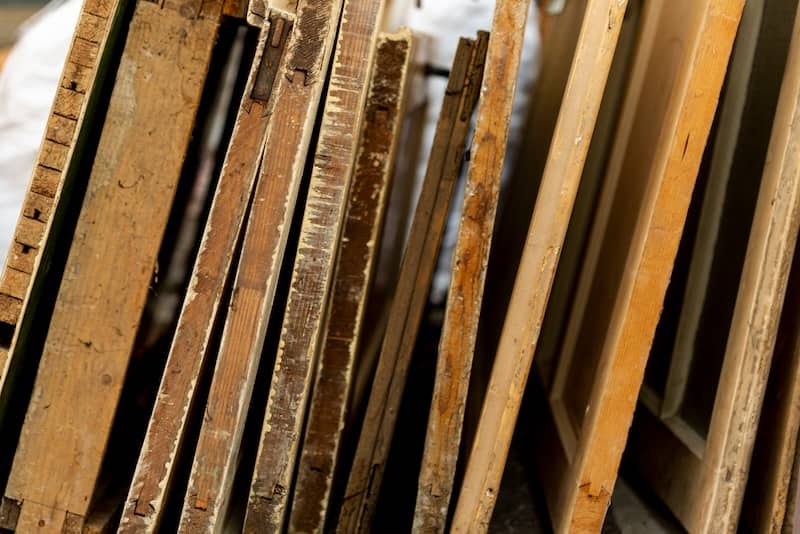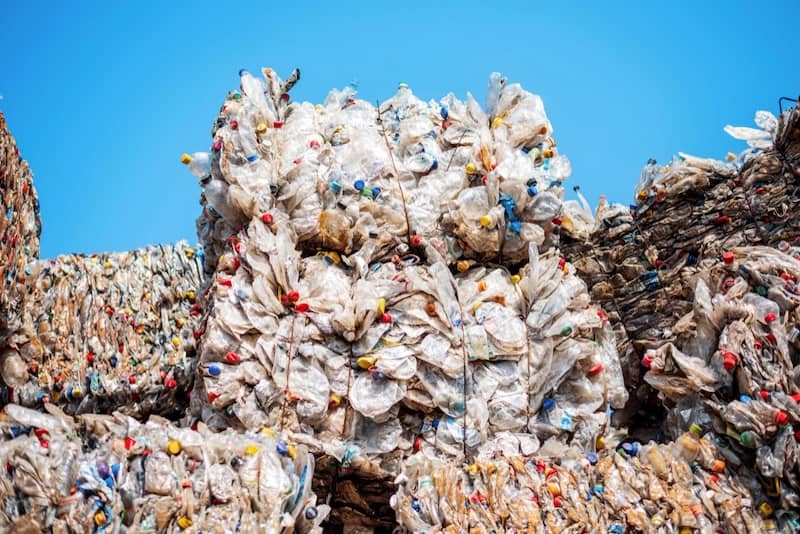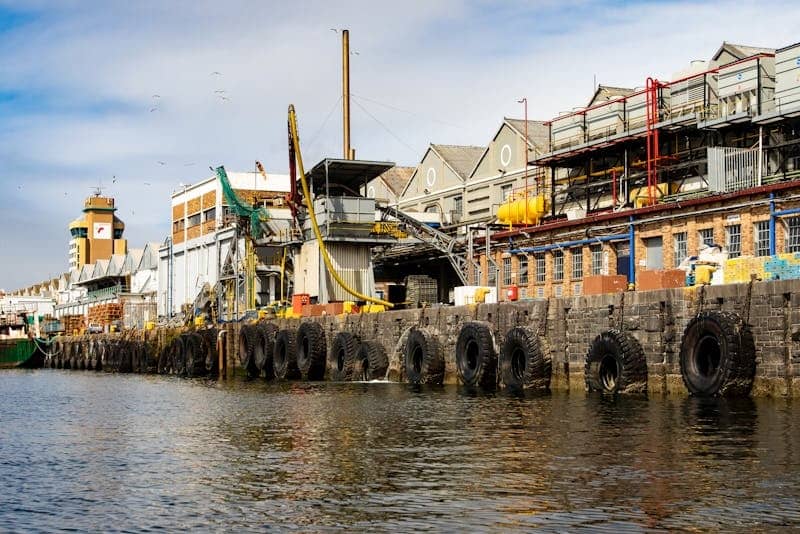For many reasons, whole tires pose a major problem to landfills. The most obvious is the inefficient use of space. The actual rubber of a tire takes up only a small fraction of the space a tire occupies, and the rest of the space is wasted. A less obvious but far more serious problem is that tires may trap methane gasses when buried with other garbage in landfills. When this happens, the tires can float like balloons to the surface, sometimes rupturing the protective liners that keep contaminants from polluting nearby water supplies (Source: The Balance).
Worse still, when piled together in large numbers, tires pose a serious fire hazard. You may have already read about the infamous tire fires of the last few decades from our earlier blog posts. These fires can burn for months and the resulting toxic debris can take decades to fully clean up.
Where should tires go if not landfills? They certainly shouldn’t be added to illegal tire stockpiles, as is far too often the case. These stockpiles are even more prone to becoming tire fires than old tires in landfills. No, the clear solution to the problem of tires that can no longer be used for their original purpose is recycling.
Recycling Whole Tires
When retreading is no longer a possibility, figuring out ways to recycle or repurpose old tires one at a time can be tricky, but that hasn’t stopped the crafty, do-it-yourself types. Far beyond the classic tire swing, uses for tires are endless.
Their elasticity makes them excellent building material for other playground equipment—less likely to cause injury than metal or wood. You could fill a large tractor tire with sand to make a sandbox. You might cut smaller tires in half and attach a board to make a see-saw, then hang the other half from a tree to make a tire hammock. If you have enough tires on hand, you could arrange them to make an obstacle course. Some elementary schools even have dragons sculpted from tires, which the kids are free to climb. Tuckahoe State Park in Maryland actually has an entire playground made of recycled tires (Source: Maryland.gov).
If you don’t have quite enough tires to make a playground out of them, there are plenty of other ways to put individual tires to good use. You could store your garden hose in one, cut it up to make durable baskets for your garden tools, or use one as the liner for a garden pond. The right paint job or a carefully arranged layer of rope or yarn can turn a tire from unsightly black rubber into something much more visually appealing, like planters, ottomans, coffee tables, outdoor furniture, umbrella stands, or, for the artistic and tech-savvy, lamps and subwoofers (Source: Bored Panda). It’s even possible to use them as the primary building material for indoor furniture and particularly eccentric (but well-insulated) houses.
Tire Strips
As many ways as there are to recycle whole tires, there are just as many options for re-using smaller strips of tire rubber. The narrower the strips, the easier they are to mold into whatever shape you want. People have sculpted lawn decorations, horse (or T-rex) swings, intricate patio furniture, and even suits of costume armor out of pieces of tire rubber (Source: DesignRulz). What will you come up with?
Rubber Shreds and Chips
Thanks to tire shredders, the recycling possibilities expand even further. The largest market for recycled tires is that of tire-derived fuel. Oil is a major component of synthetic rubber, which is why stockpiles of old tires are such a serious fire hazard. With the right chemical process, all that oil can be retrieved from the rubber for use as fuel, and this works much more effectively on small shreds than whole tires. Tire-derived fuel is both cheaper and cleaner than coal, and as fuel prices have risen, demand for these kinds of alternatives have increased dramatically. Nearly two million tons (roughly half) of the scrap tires produced in 2015 alone were converted into tire-derived fuel (Source: Rubber Manufacturers Association).
Crumb Rubber
Granulating machines can take the tire shredding process to the next level and reduce the rubber to small pieces (no larger than a quarter of an inch) called “crumb rubber,” which is free of any metal or fiber components from the original tires, as well as other contaminants and filler (Source: Scrap Tire News). Tire rubber in this form finds its way into playgrounds even more often than dragon sculptures, tire obstacle courses, swings, and see-saws. The small rubber crumbs serve as cushy playground surface that is far more comfortable for kids to play on than cement, pebbles or, heaven forbid, wood chips. Crumb rubber can likewise be used as surface material for athletic fields, tracks, trails, and walkways.
Pieces of crumb rubber are too small for sculpting unique furniture or decorations, but they serve as an excellent component for asphalt. We often think of recycled products as being of lesser quality than new ones, but crumb rubber from recycled tires works so well as aggregate for asphalt that it makes stronger, safer, more durable roads than traditional aggregate.
According to Asphalt Magazine, “adding ground tire rubber to asphalt can contribute to improved rutting resistance, skid resistance, ride quality, pavement life and reduced pavement noise levels. Adding rubber to the asphalt liquid retards aging and oxidation of the resulting binder, which increases pavement life by lessening brittleness and cracking. Rubber-modified asphalt binders can be used in open-graded asphalt mixtures, which have reduced hydroplaning, vehicle spray and reduced pavement noise.”
In Conclusion
End-of-life tires are far too full of potential to be left in landfills. Think of how many wonderful ways those old tires could be used rather than just being thrown away and left to create potential problems.
If you’re interested in putting old tires to good use, EcoGreen can help you become part of the tire recycling solution. Learn more about the many recycling possibilities and our high-power tire shredders and Eco Crumbler granulating machines by contacting our experts today.




